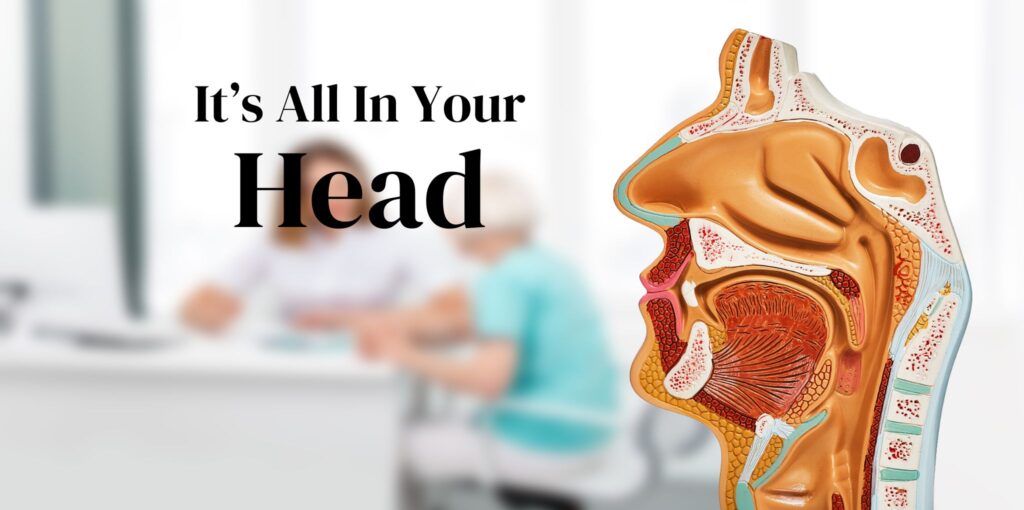GOOD NEWS FOR BLOCKED NOSES
In previous articles, I have written about that important area in the center of our face where breathing starts — the nose. Obviously in my specialty of Ear, Nose and Throat it is something that I deal with every day. I am writing now about an innovation that I truly believe is a great advancement in the way obstruction of airflow through the nose is treated.
In addition to providing the sense of smell, the main purpose of our nasal passages is to warm up, filter and humidifier air before it gets into the throat and then into the lungs. To briefly describe the anatomy, we have two openings in the nose which are divided in the middle by a wall of cartilage and bone called the nasal septum. The septum is supposed to be straight and it the midline going back about 2 and half to 3 inches from the opening. On the side walls of the right and left nasal passages are fingerlike projections with microscopic hairs and mucus glands that do most of the humidifying and filtrating. These little projections are called the nasal turbinates.
From 1979 through 1983 I did my formal training in my specialty and learned the basic surgical techniques for improving nasal breathing by either straightening a crooked or deviated nasal septum or making the nasal turbinate ridges smaller through multiple techniques. Most of these techniques have changed very little in the last 35 years.
However a very innovative physician in my field, who practices in Fort Worth, in conjunction with a research team at Harvard Medical School has come up with a technique which I believe is revolutionary in its ease and effectiveness in treating these problems.
In summary the technique involves applying hydraulic pressure in the form of a small collapsed tube or catheter that is placed into one nostril at a time then expanded with fluid. The pressure placed on both the nasal septum and the turbinates needs to be held in place for approximately two minutes on each side. The results have been outstanding and it has been effective in both straightening a deviated septum and reducing the size of the nasal turbinate ridges. Additionally it removes inflammatory cells that secrete much of the extra nasal mucus. An almost all cases of straightening the septum there is no need for incisions stitches or packing material.
I have known my friend and colleague in Fort Worth for 5 years, and he is an excellent doctor and surgeon. After intensive training with him, I have performed this procedure. I definitely feel that it is safe and effective.
If you have chronic nasal congestion and obstruction in breathing I would be happy to see you in my office to discuss whether you would be a good candidate for this revolutionary new treatment.
https://tomstarkmd.com/
18059 HWY 105 W Montgomery,TX77356
936-582-7000
